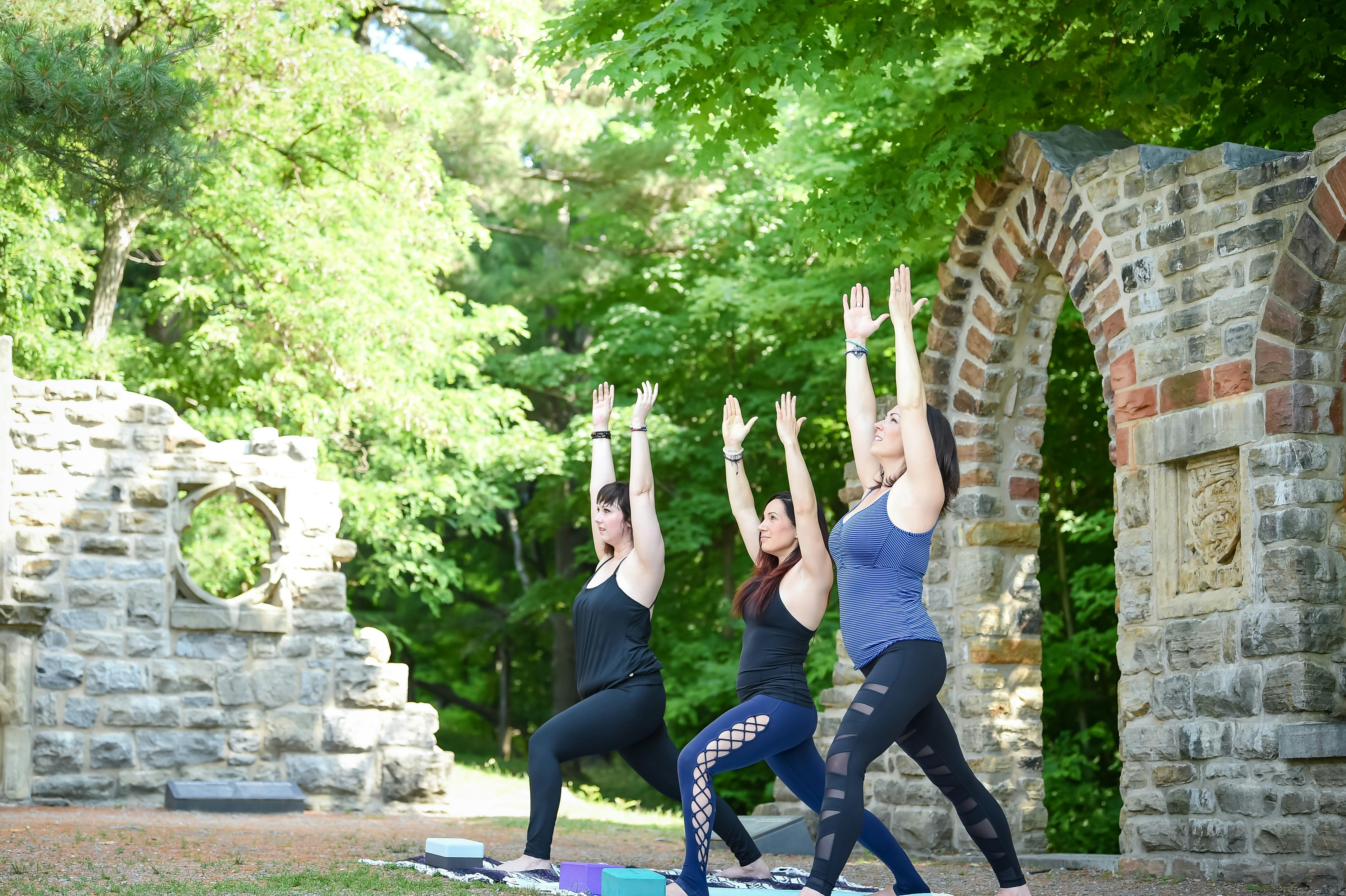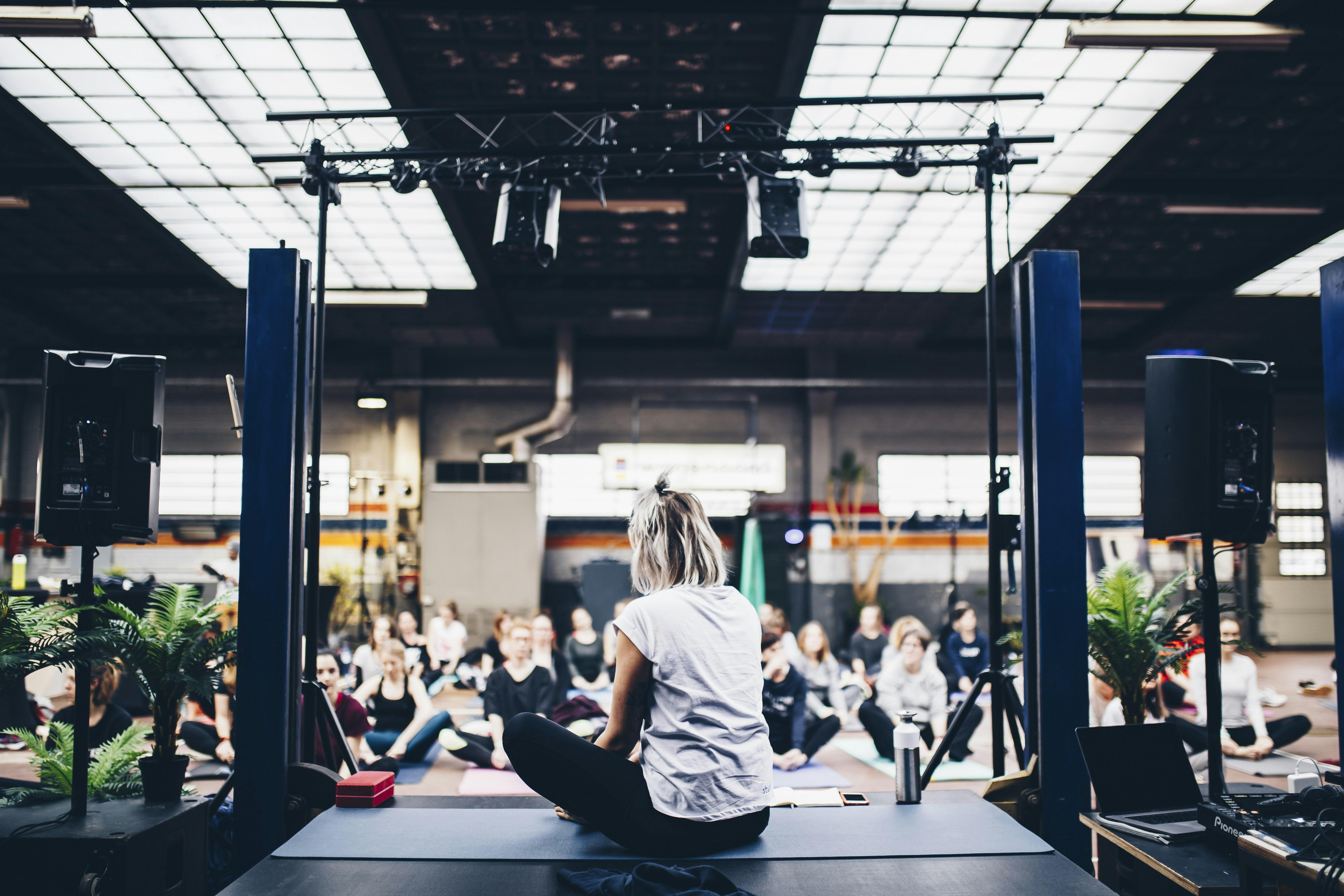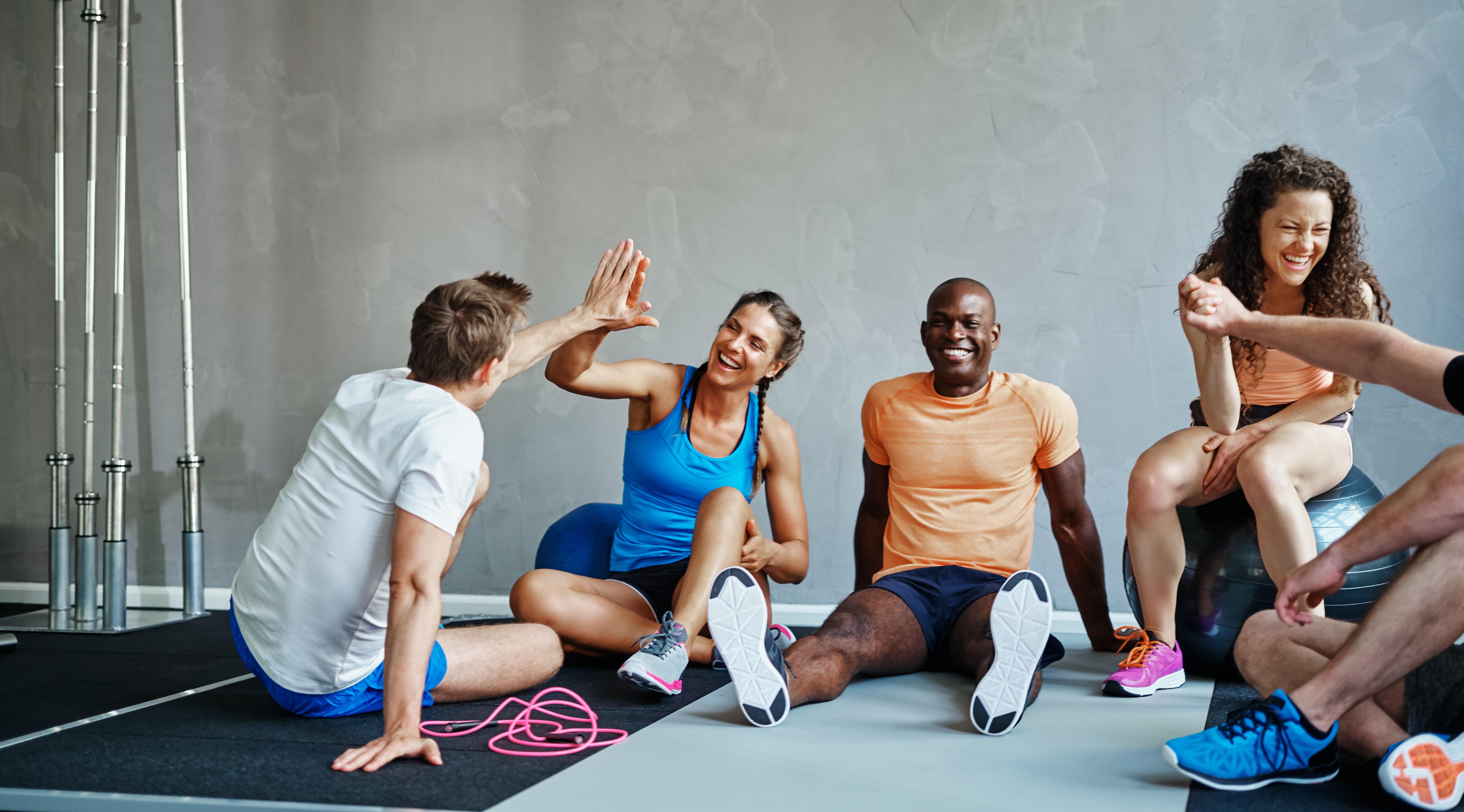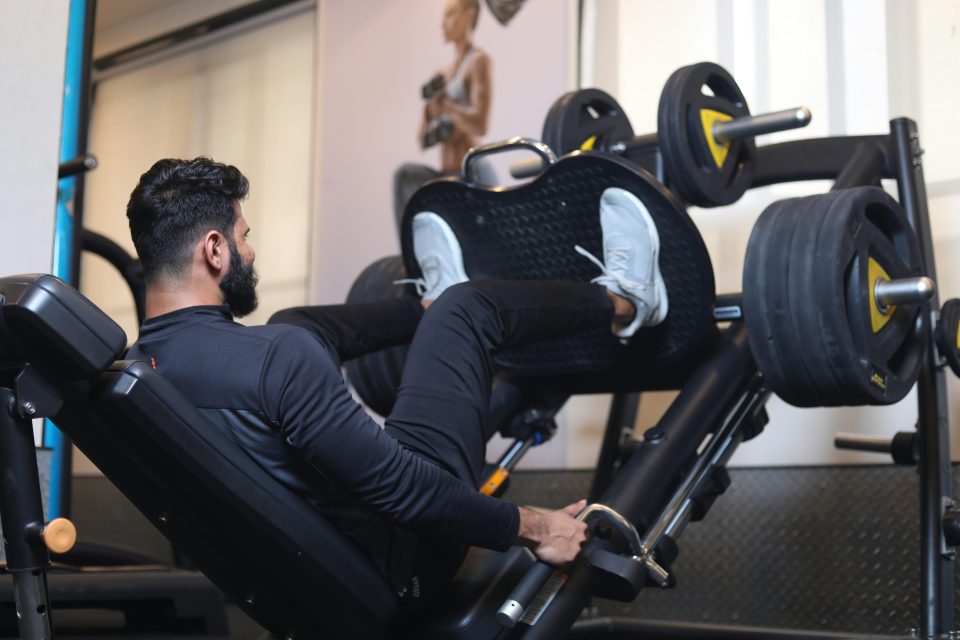In the bustling world of fitness, where motivation and results often dance on the edge of commitment, a perennial debate emerges: are group fitness classes more effective than solo workouts? Picture a room filled with rhythmic energy, where synchronized movements and collective determination propel individuals toward their goals. Now, contrast this with the solitary athlete, carving their path in the quiet solitude of a gym or the open embrace of nature. Each approach has its champions and critics, its unique allure and challenges. As we delve into this exploration, we aim to uncover the nuances and truths behind these contrasting fitness journeys, offering insights that might just reshape your perspective on the path to health and vitality.
Exploring the Social Dynamics of Group Fitness
The allure of group fitness classes extends beyond the physical exertion; they foster a unique social environment that can profoundly impact motivation and commitment. The dynamics within these classes often create a sense of community, transforming a simple workout into a shared journey. This camaraderie can enhance accountability, as participants are more likely to show up when they know others are expecting them. Moreover, the collective energy can be incredibly motivating, pushing individuals to achieve more than they might on their own.
- Motivation Boost: Exercising in a group can elevate enthusiasm and energy levels, often leading to a more vigorous workout.
- Sense of Belonging: Regular attendance can cultivate friendships, providing a support network that extends beyond the gym.
- Structured Environment: Classes are usually led by professional instructors, ensuring that workouts are balanced and safe.
However, it’s important to recognize that not everyone thrives in a group setting. For some, the pressure to keep up can be overwhelming, potentially leading to burnout or injury. Others might find the presence of others distracting rather than encouraging. Ultimately, the effectiveness of group fitness versus solo workouts hinges on personal preferences and fitness goals. While the social dynamics of group classes can be a powerful motivator for many, the solitude and self-paced nature of solo workouts may be more beneficial for others.

The Science Behind Group Motivation and Performance
Delving into the dynamics of collective energy, group motivation is a fascinating interplay of psychology and physiology. When individuals exercise in a group setting, the phenomenon of social facilitation comes into play, where the mere presence of others can enhance performance. This is largely due to the heightened sense of accountability and the natural human inclination to compare oneself to peers. As a result, participants often push themselves harder, driven by the desire to keep up or surpass the collective effort.
- Shared Goals: The collective pursuit of fitness targets can create a powerful synergy, propelling individuals towards greater achievements.
- Supportive Environment: The camaraderie and encouragement found in group settings can boost morale and foster a sense of belonging.
- Variety and Fun: Group classes often incorporate diverse routines and music, transforming workouts into enjoyable experiences.
Moreover, the structure of group classes often provides a clear framework, offering a set routine that removes the guesswork, allowing participants to focus solely on their performance. This can lead to a more efficient workout, as individuals are less likely to skip exercises or cut sessions short when following a collective schedule. Together, these elements create a potent mix that can elevate both motivation and performance beyond what might be achieved in solitude.
Personalization in Solo Workouts: A Closer Look
Solo workouts offer a unique opportunity for personalization that can be tailored to individual preferences and goals. Unlike group fitness classes, where the pace and structure are set by the instructor, solo workouts allow for complete control over every aspect of the exercise routine. This means you can choose the intensity, duration, and type of exercise that best suits your needs. Whether you prefer a high-intensity interval training session or a calming yoga practice, the choice is entirely yours.
- Flexibility: Adjust your workout schedule and routine to fit your lifestyle.
- Variety: Incorporate different exercises to target specific fitness goals.
- Focus: Minimize distractions and concentrate on personal performance.
Moreover, with the aid of technology, solo workouts can be enhanced through fitness apps and wearables that track progress and provide feedback. This personalized data allows individuals to fine-tune their workouts and make informed decisions to maximize their effectiveness. While group classes provide a sense of community and motivation, solo workouts offer a bespoke experience that can lead to equally satisfying results.

Balancing Group Energy with Individual Goals
Finding the right balance between group dynamics and personal fitness goals can be a game-changer in your workout routine. Group fitness classes often offer a sense of community and shared energy, which can boost motivation and push individuals to achieve more than they might on their own. The collective spirit can create an environment where participants feed off each other’s energy, leading to more consistent attendance and higher intensity levels.
However, individual goals are just as crucial. Tailoring workouts to fit personal aspirations is essential for achieving specific results. Group classes may not always cater to everyone’s unique objectives, but they can inspire new approaches to personal fitness. Consider the following to harmonize group energy with individual ambitions:
- Customization: Modify exercises within the class to better suit your personal goals.
- Focus: Use the group setting to enhance focus on particular fitness targets.
- Engagement: Leverage the community vibe to stay engaged and motivated.

